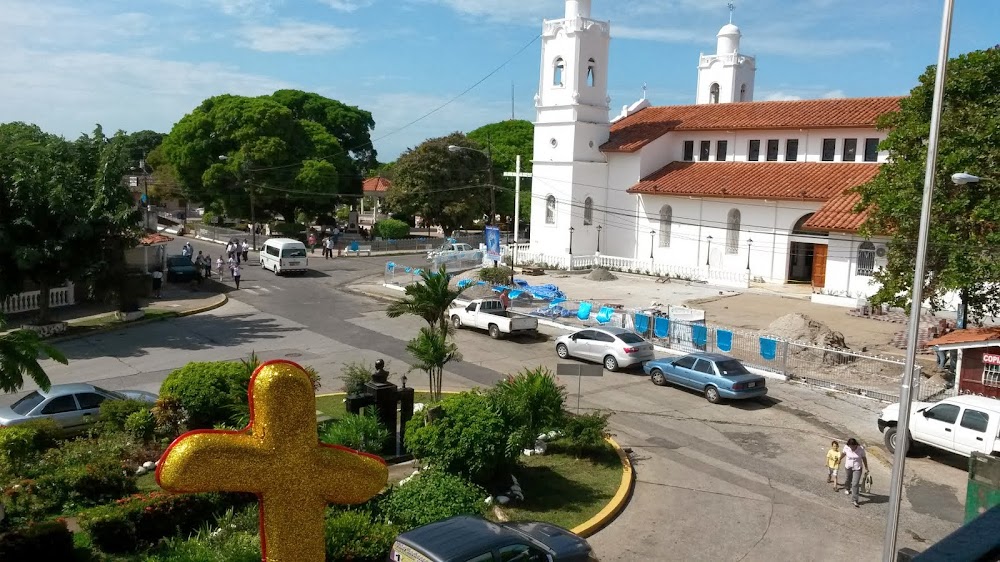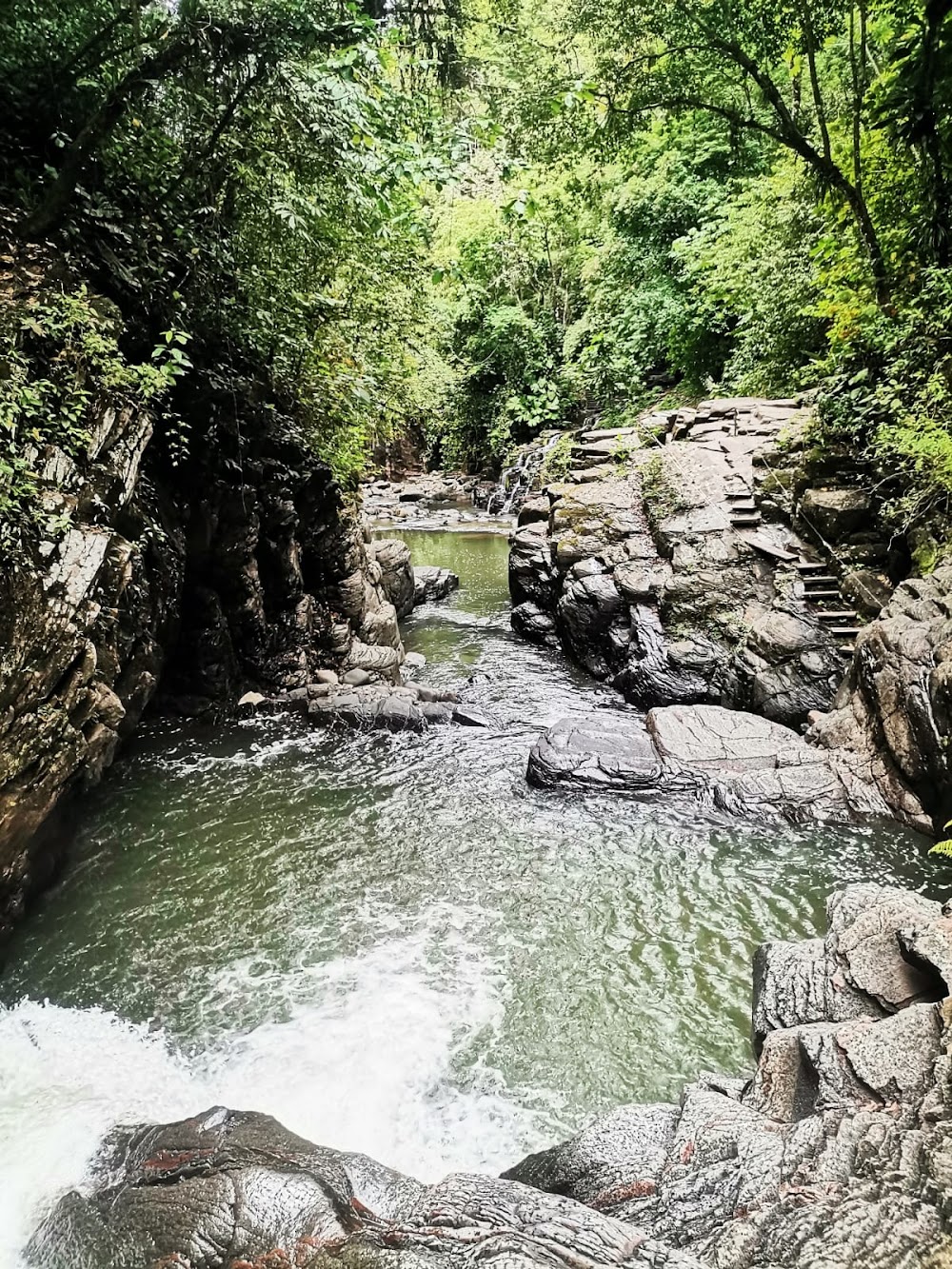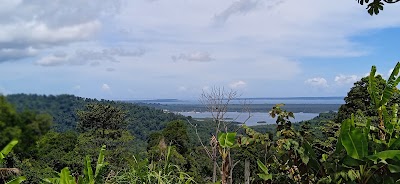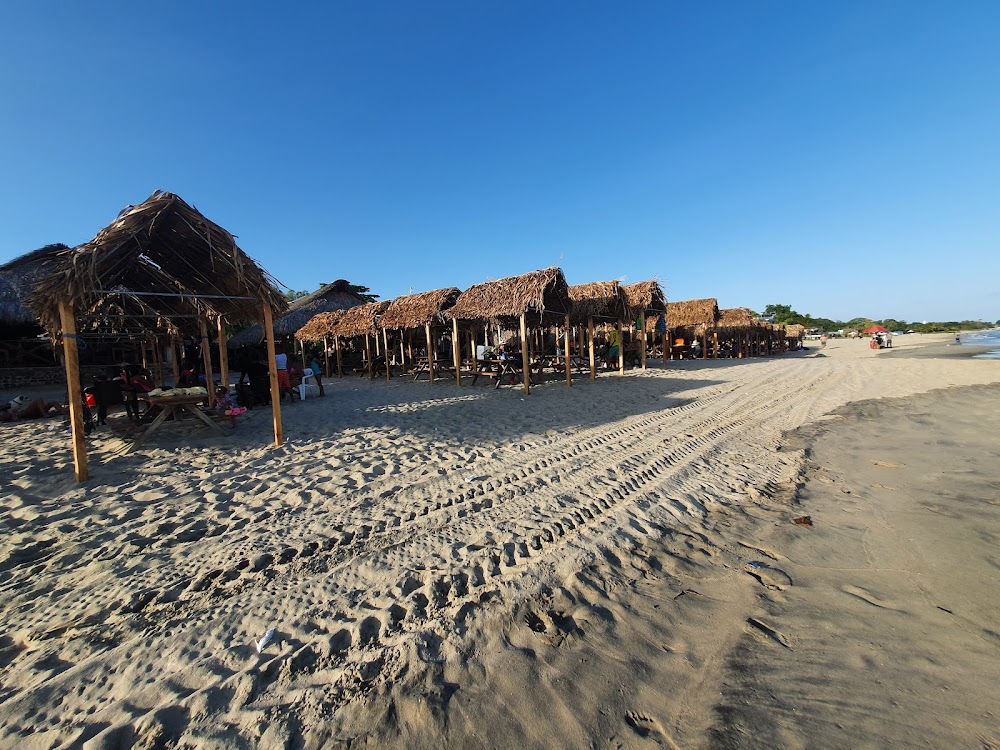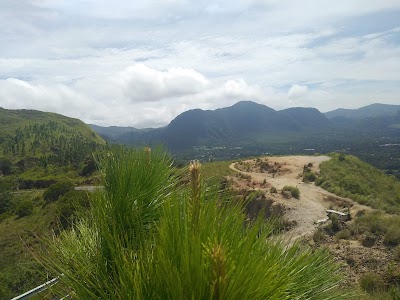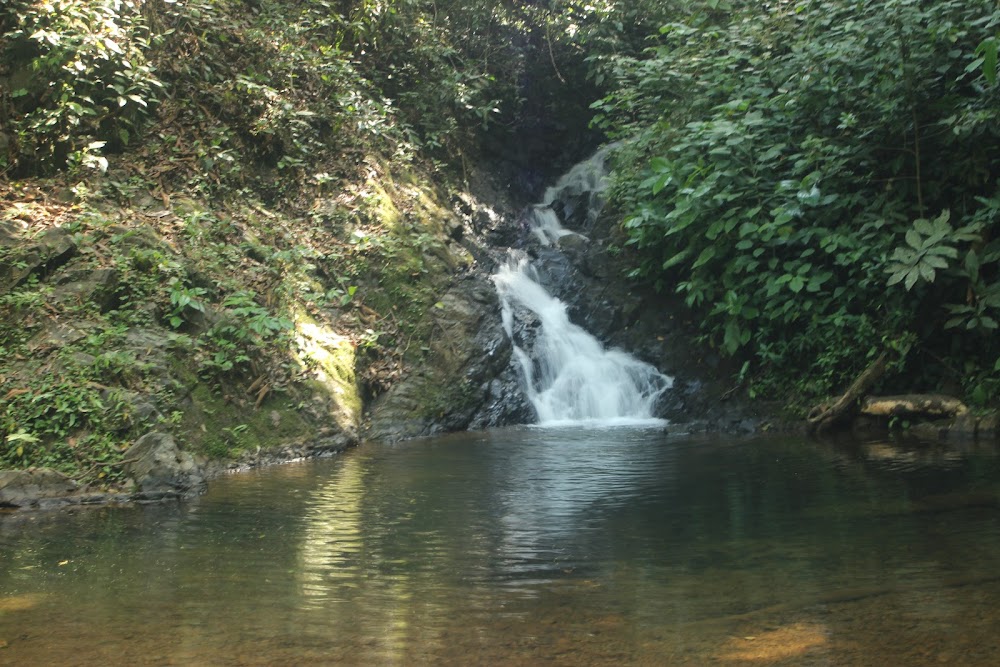Penonomé (Penonomé)
Overview
Discovering Penonomé: A Cultural and Historical Gem
Nestled in the heart of Coclé Province, Penonomé is a vibrant city that pulses with history and cultural richness. The city's roots stretch back to pre-Columbian times, where it was home to indigenous groups such as the Nata and Coclé peoples. These communities flourished through agriculture and established trade networks, creating a foundation for a thriving settlement.
The intriguing name "Penonomé" is thought to be derived from the indigenous chief 'Nomé.' Local legend tells of Chief Nomé's tragic execution at the hands of Spanish conquistadors, leading his people to lament, "¡Penó Nomé!" meaning "Nomé suffered!" This poignant cry eventually became the name of the burgeoning community.
A Colonial Legacy
The arrival of the Spanish in the region marked a significant turning point in Penonomé's history. Officially founded in 1581, the town became a focal point for Spanish missions aimed at converting the indigenous population to Christianity. Its strategic location along trade routes between Panama City and the interior provinces, combined with fertile lands, allowed Penonomé to evolve into a regional hub for agriculture and trade.
As the city expanded, its architectural landscape began to showcase Spanish colonial influences. A central plaza emerged, surrounded by significant structures such as the church, government offices, and affluent merchants' homes. Among these, the Iglesia de San Juan Bautista stands out as one of the oldest and most important buildings, serving as a lasting reminder of Penonomé's colonial past.
19th Century Prosperity
The 19th century brought continued growth to Penonomé. The completion of the Panama Railroad in 1855 and the subsequent construction of the Panama Canal in the early 20th century spurred economic activity, drawing more settlers and merchants to the area. Agriculture and cattle ranching remained dominant, but new industries, such as coffee and sugar production, began to flourish.
In the mid-20th century, Penonomé experienced significant modernization. Improved infrastructure, including roads and highways, enhanced connectivity with other regions of Panama. The city maintained its status as an agricultural hub, with extensive plantations yielding diverse crops like sugarcane, coffee, and citrus fruits.
Cultural Vibrancy and Modern Growth
Today, Penonomé is celebrated not only for its historical significance but also for its lively cultural scene. The annual Carnaval de Penonomé is a highlight, showcasing vibrant traditional dances, music, parades, and elaborate costumes that attract visitors from across the country and beyond.
In recent years, the city has seen a rise in tourism, with travelers drawn to historical sites such as the Museo de Penonomé, which features artifacts from the pre-Columbian and colonial eras. The surrounding natural beauty, including rivers, mountains, and the La Pintada district—renowned for its traditional pottery—further enhances Penonomé's appeal.
Investment in modern amenities and infrastructure has improved the quality of life for residents, with schools, hospitals, shopping centers, and recreational facilities supporting a growing population. Additionally, Penonomé serves as a gateway to other attractions in Coclé Province, such as Valle de Anton and the stunning beaches of the Pacific coast.
Conclusion: A Dynamic Destination
In summary, Penonomé stands as a unique and dynamic city in Panama, showcasing a rich tapestry of history, cultural vibrancy, and ongoing development. From its indigenous heritage and colonial legacy to its modern significance, Penonomé tells a diverse and evolving story that captivates visitors and residents alike. Whether you’re exploring its historical landmarks or joining in the lively festivities, Penonomé promises an unforgettable experience.


